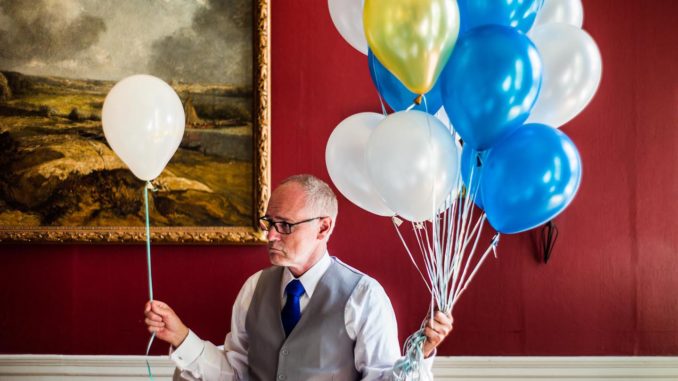
Something to Consider When Building A Lens Portfolio
By Arend-Jan Westerhuis – Website is HERE
With the rise of mirrorless camera’s comes a resurgence of the use of legacy glass, and there is a lot to choose from. Leica specifically has a great reputation for their quality glass. Their M-system’s history goes back to 1954. Leica’s oldest lenses can outperform some of today’s newest product introductions in terms of sharpness and all-round charm. These lenses are not cheap though. However, there is a great market for second-hand Leica lenses. To help you make a choice of what to buy, you can look at the numerous lens reviews, either by Rockwell, Overgaard or Huff. These reviews usually do a good job in reviewing the best price performance and offer all the glorious pixel peeping, checking for coma and strange flares to drool over. Of course, these are definitely important factors when considering lenses.
However: we feel that one aspect is missing in these reviews. Below we would like to elaborate on this missing item. In order for us to explain more fully, it may help for us to briefly introduce ourselves. Then we would like to explain our line of reasoning
For a number of years my brothers and I have been weddingphotographers. A while back, when we started with wedding photography, we were students. We wrote a piece on this site (see that here) on how we were able to afford Leica gear. We also promised to not buy much more gear. So far we’ve succeeded. Well, sort of. It could have been much worse.
Since we wrote the article mentioned above, a third brother joined us. We made him get an M9 plus lens and promised he would earn his gear back in due time. He actually managed to break even within a year(!). Also, each of us bought a second lens. We believed that we should all strive to become a full-fledged photographer, in one’s own right. We decided to go all-Leica. The eldest brother added a 50mm Summilux to his 35mm Summicron. The youngest brother bought a 35mm Summicron and a 90mm Summicron. I, the middle one, added a 28mm Elmarit to my 50mm Summicron. These are all pre-aspherical lenses. We love the bokeh they produce. They are very sharp and they set us apart in our industry. Besides, they’ve proven to be good conversation starters. There is usually a granddad who used to own one, or there is an uncle with a 4d, flash and 70-200 who looks puzzled when confronted with our cameras.
So you may think that we were set up properly, right? Alas, that was little over a year ago. I replaced my 28mm Elmarit with the aspherical version, which changed some things.
Back when I decided to add a 28mm, I did some research online and landed the Elmarit version III. After using it a year, I was unhappy with the performance. There was a problem area in the bottom right, which was due to (I fear) that specific lens, not the overall design. Instead of replacing it with the same type, I decided to go for the aspherical, because of its size and the fact it wasn’t that much more expensive. We always made sure to use spherical lenses. They render in a beautiful way, yield some swirly bokeh and a unique transition from sharp to unsharp. When these ‘imperfections’ are coupled with the almost unexpected sharpness, you have a formula to create a unique feel. This is something most wedding photographers can only dream of. I didn’t really think the quality of a 28mm lens would be defined by anything but sharpness., but I was wrong. In the beginning, all was well! I was happy with the performance and the small size made all the difference. The 28mm was then starting to be used as my main lens. I started to enjoy framing multiple subjects. However, quickly I noticed the lens seemed to stick out. The thing is that once you own a lens, the whole comparison in terms of sharpness between its direct rivals becomes irrelevant. Once you have a lens it has to work well and play nice with the other lenses you have. And this proved a problem.
Below is the un edited version of the image above
—
Below is an un edited version of the image above
In our profession as wedding photographers, we don’t get to choose the lighting. Our approach is that story trumps framing and light. This means that we take backlit pictures of brides getting in their dress, and we take pictures of crying parents under candlelight, for example. To do this we have to be quick and try to make the best of a given situation. In these challenging and tricky situations it turned out that the modern 28mm renders images quite differently to the much older 35mm. At first I noticed the 28mm seemed much more purple. Then I started to notice other things as well. As most users know this particular 35mm Summicron version IV does not have the best corner sharpness when shot wide open. In addition, it is prone to flaring and produces a halo when a scene is backlit. We never saw these imperfections as problems, more as something which could add character to a picture. After all the images are still sharp. The problem is not the individual lenses, but their differences. When we reviewed a shoot, shot in tricky lightning, done with both the 35mm and the 28mm, half of the images seemed to be taken with a slightly dirty lens, rendering most of the 35mm images useless.
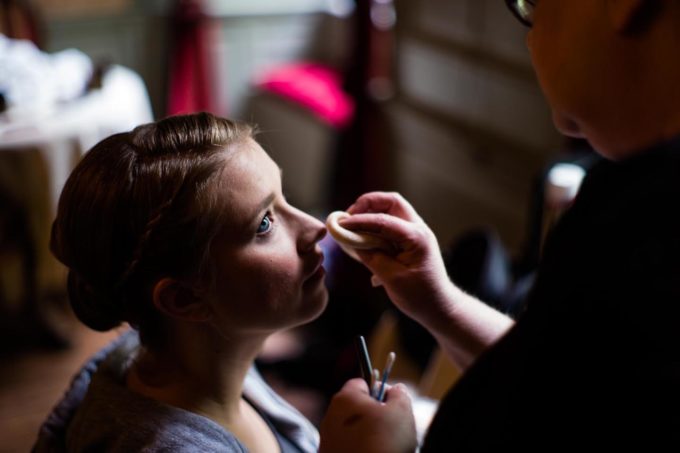
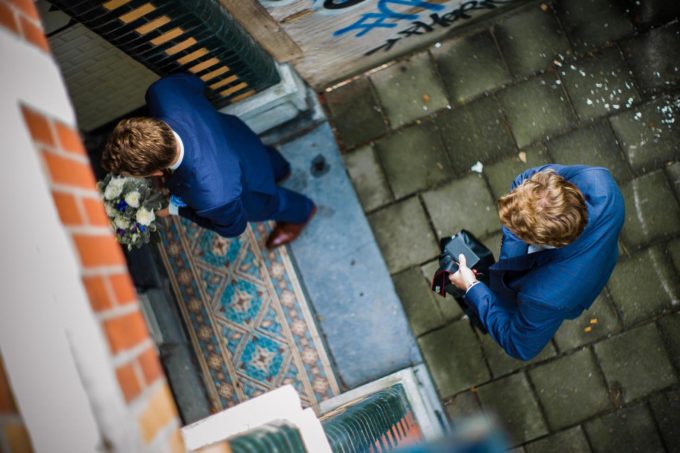
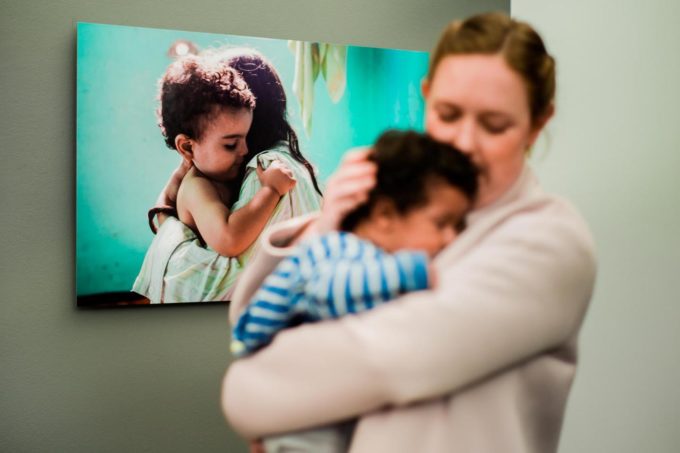
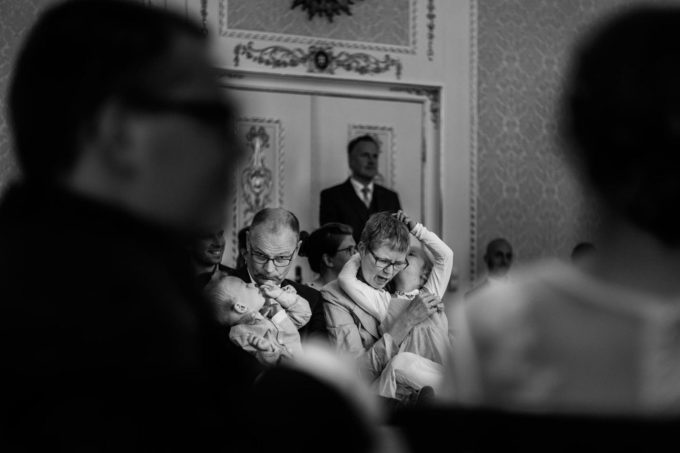
After a bit of toying around in post it seems that under normal circumstances most differences can be countered with changing whitebalance, contrast and blacks. The difference between the 28mm Elmarit and the 35mm Summicron turned out to be the most significant between our lenses, but the 50mm Summilux is also an offender, especially in terms of colour. In fact, it isn’t just aspherical versus non-aspherical difference that caused difficulty, The 50mm and 35mm render some colours slightly differently.
Is this earth shattering? Some would argue that it isn’t. I can imagine street photographers would not be bothered. The 35mm and the 50mm have a great way of handling light. However, wedding shooters need the consistency. Those that use modern Canon or Nikon Gear can just synchronize their white balance and be done with it. The differences between how the lenses render the lenses are partly dependent on varying circumstance, which means automation is out of the question. For a wedding photographer the synchronizing of ‘look’ and ‘feel’ is a tiresome process, since we sometimes need to deliver up to 400 images which preferably look as though they were made on the same day and venue.
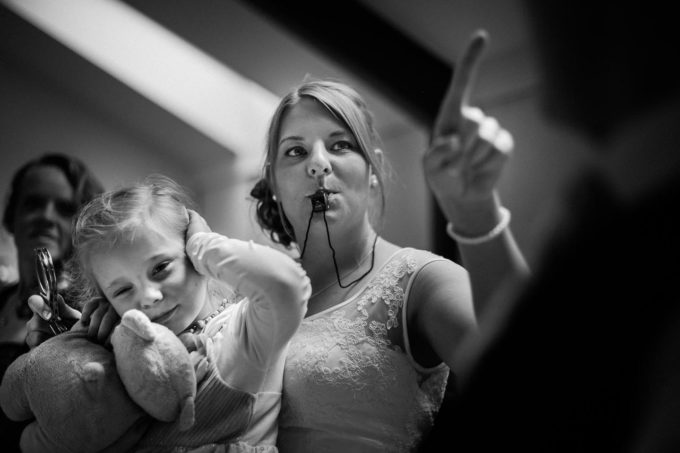
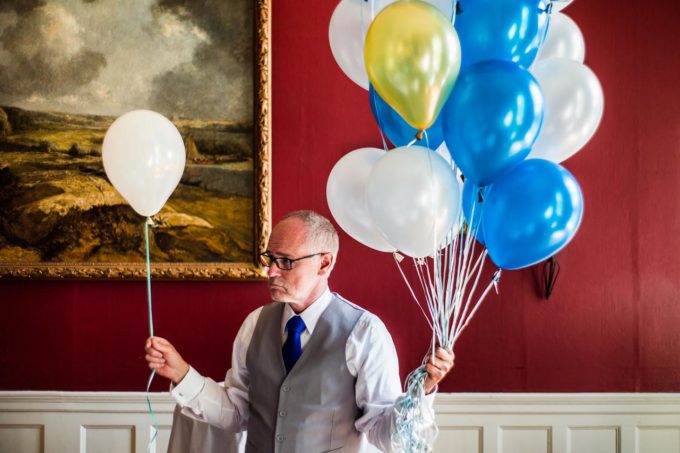
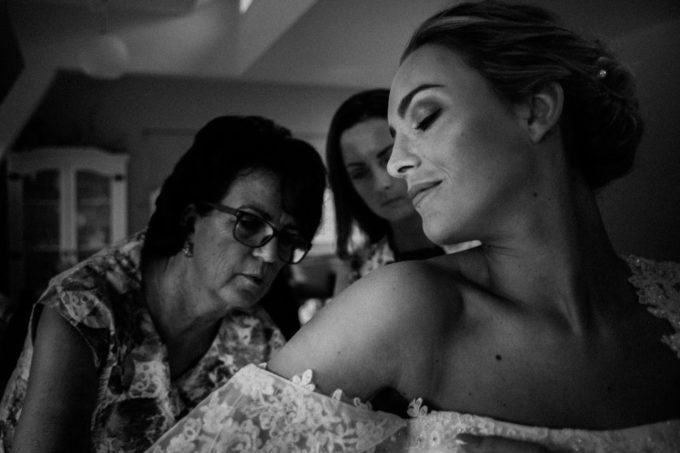
In conclusion, when you are deciding on a lens, think about the other gear you have that it has to co-operate with. It is worth considering that a surgically sharp, modernlens with uniform bokeh might not sit that nice next to a vintage charmer. Despite the fact that both are lovely lenses by themselves. Over time, lens design has changed. Between brands there are different philosophies on what a makes a good lens. Coatings have changed. This is definitely worth taking into consideration.
For us brothers, these experiences have caused us to slowly chang to using aspherical glass. As a result, less time is spent on editing, and it frees us up to spend more time on shooting. Not too long ago, my older brother bought a 35mm Summilux ASPH FLE to replace both his lenses. My younger brother bought a 28mm Summicron ASPH next to his 50mm. We bought these lenses not for their performance alone. We bought them because we count on them being more consistent with each other.





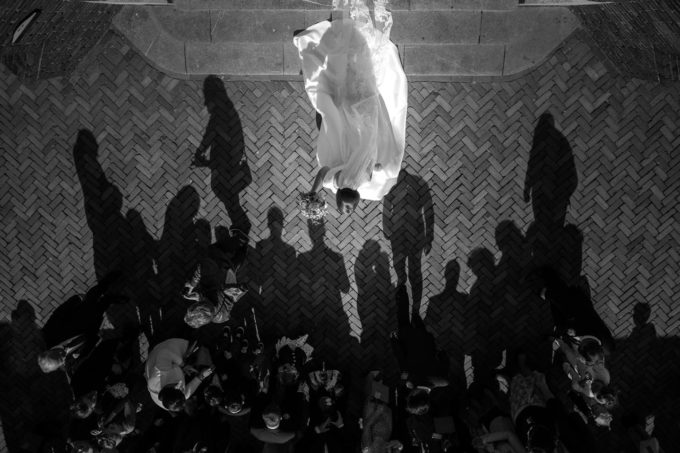

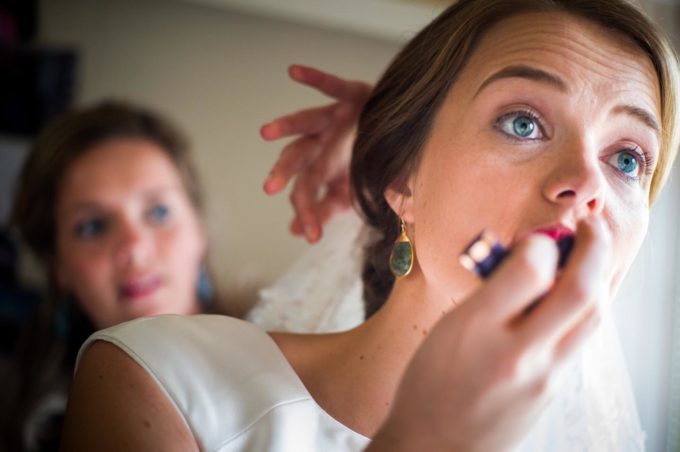
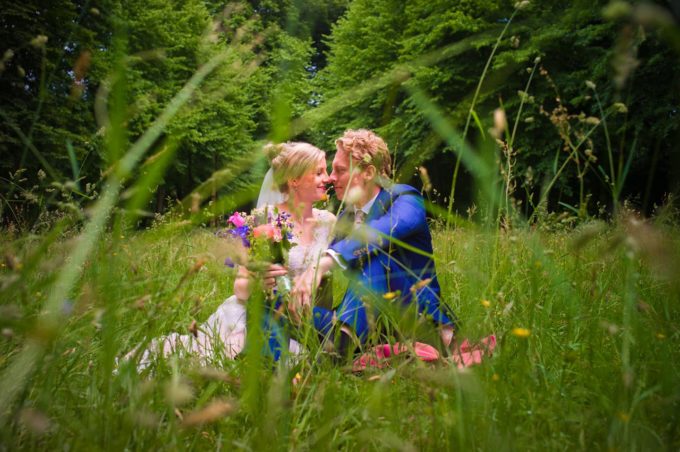
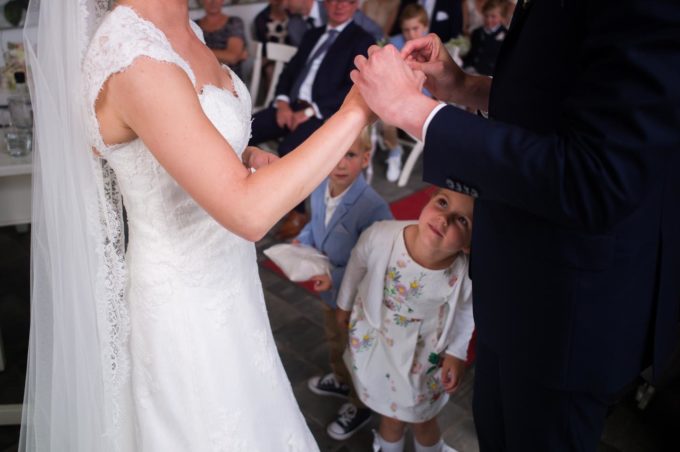
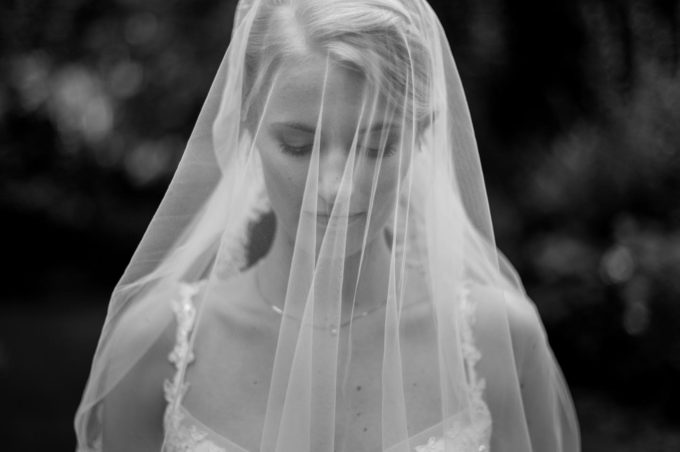
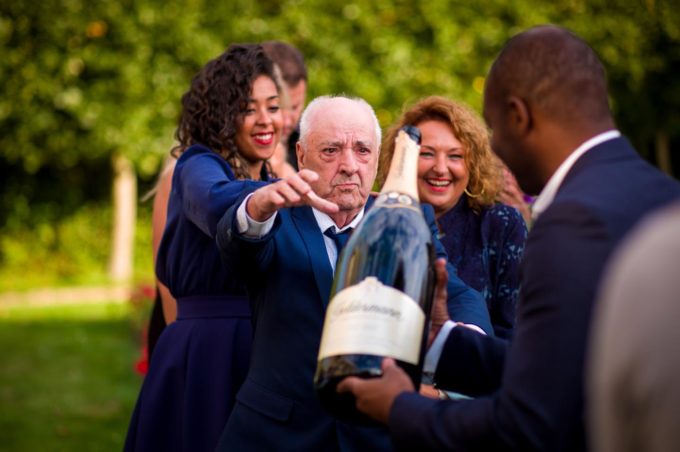
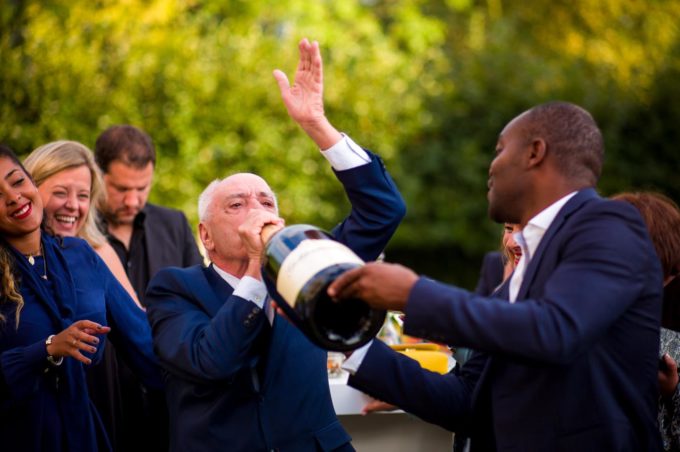




I have noticed the same thing with my vintage lenses. My 50 Summilux (1958) and 50 Summicron-DR (1959-60ish) both have a pronounced blue cast when used wide open, which warms up quite a bit as you stop down past f2.8. My 35 Summicron (early 1960s) has a different (warmer) color cast which is more consistent across apertures.
Your suggestion is really good advice for anyone considering working in a field of photography where color consistency is really needed; fashion and weddings are probably the two main categories.
It seems to me you are overthinking all of this. 90% of your clients will never pick up on the subtle nuances in character between lenses. Besides, you can still shoot a wedding with a cohesive style using different lenses….it happens literally daily. The key is to not overuse the ‘character’ lenses.
I’ve asked Steve to add some images that prove the point a bit better. If the differences where only nuanced, sure; no problem. But they can be quite different!
I added all of the photos that you sent me, or at least all the ones I have received. If you see some missing, resend if you can. Thank you!
The Bride and her mother will pickup on if her dress is not white or her skin tone makes her look sickly (funky, ugly, not right, etc.) in a heartbeat and it will be the photographer’s fault. She will point it out to all her friends and tell anyone that will listen about how bad the photographer made her look.
Since a lot of wedding assignments come by word of mouth, the above is a good way to ruin a photographer’s reputation.
Nice article! It deals with the same experiences I had in the past year and months. It made me trade my “old glass” into the (modern) aspherical lenses – basically just out of consistency of my images, which post-processing could not deliver. However, I have to admit, that sooner or later I might jump (again) for some single, gorgeous old glass for “special occasions” 😉
excellent work!
Some of these photos are terrific. But some, I think, are framed too loosely – I think you could have cropped in a bit. But nevermind, everyone has different tastes. 🙂
Most of the b&w shots look film-like. But one or two don’t (the overhead shot of the bride looks very digital).
What you say about consistency between lenses makes sense. If you were shooting video it would be more important. But, as far as I’m concerned, I don’t care about that stuff. If some photos are taken with a Summar (for example) and some are taken with a Summilux ASPH, then of course they will look different. I say, let it be.
Jeremy Clarkson (from Top Gear) said that you’re not a petrol head unless you’ve driven an Alfa Romeo. I would say that you’re not a photographer unless you’ve shot with a rangefinder camera at least once. 😉
So many wonderful images here! My favorite, the grandparents grousing with the grandkids.
Can’t tell from this article, but I do wonder whether you all three team up to cover one wedding. If so, what a great way to work and keep the pressure down a bit. I loved shooting second camera, but doing them alone was, for me, quite stressful.
Enjoyed your lens talk, alas you are way above my realm talking Leica, though I do have a wayward Zeiss amongst my Fuji.
I love this reportage style of wedding photography, and you guys do it wonderfully!
Thanks for pointing out a commonly overlooked aspect of lens selection. I also shoot Leica (M240) and use it with two modern lenses 28 f/2 and 50 f/1.5. I have at times considered purchasing an older 35mm f/1.2 but will now look more closely at the modern choices.
Thanks for the great article,
If you’re looking for a ‘modern’ 35mm for the M240 look no further then the Zeiss 35mm 1.4 ZM. That lens is superlative….better then the Leica Lux in every way except size.
Nice article. Despite the differences in the lenses and the complications in post processing that comes with that, great shots. Street wedding photography!